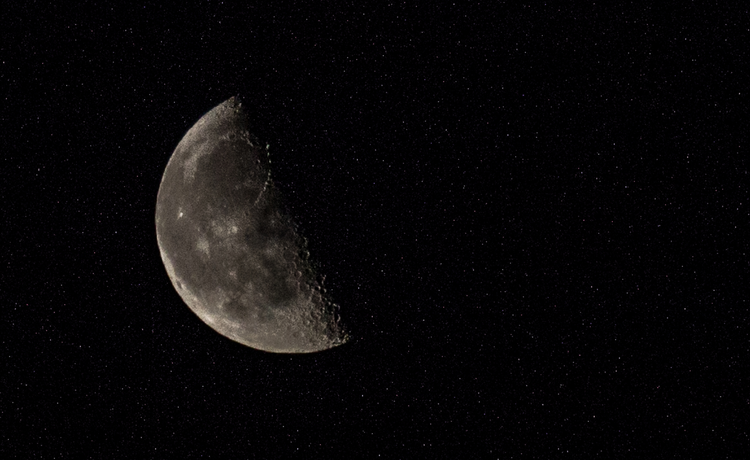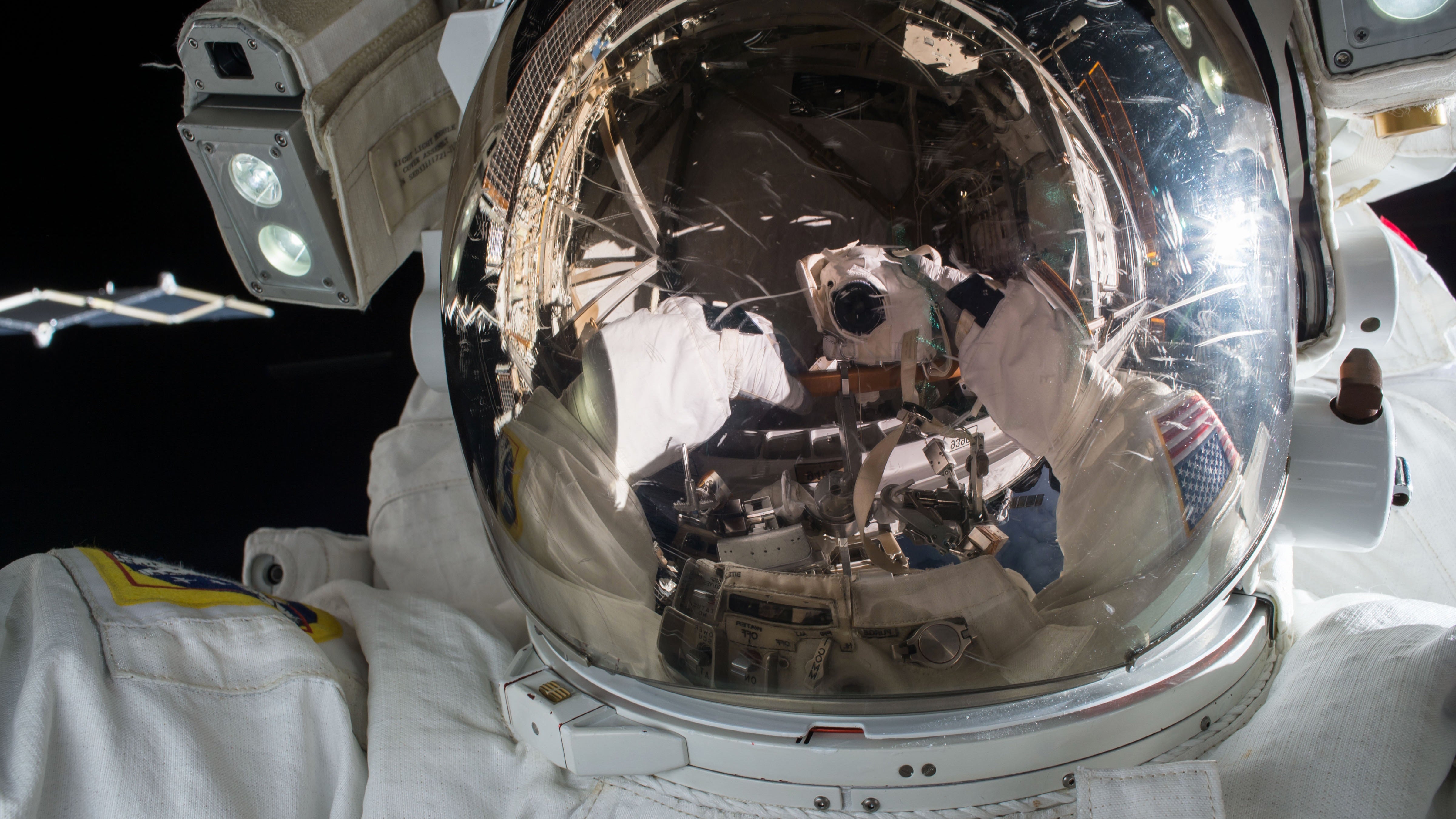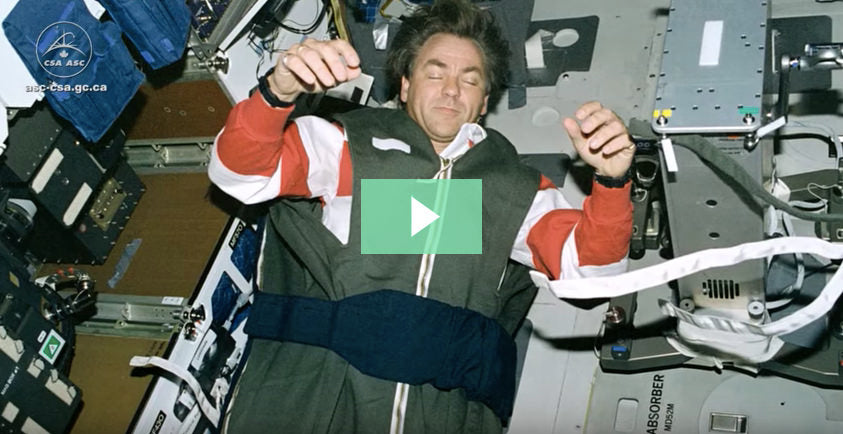
How Do We Sleep In Space?
T&N TeamWhen thinking about the prospect of intergalactic space travel, the concept of a good night’s sleep is probably far from the top of the list.
But the importance of sleep is just as crucial in space as it is on Earth.
Franchises like Star Wars, with their science fiction interpretation of what life will be like in space, don’t really address the potential changes in sleep environments or sleep patterns that would be likely to occur outside of Earth. Even though the Star Wars universe contains a lot of technological advances that our galaxy simply hasn’t discovered yet, we can assume that the force awakens the last Jedi from her sleep just like the rest of us and that means that humans in Star Wars still have the same needs that humans on Earth would.

So what would sleep in space actually be like?
Well, with zero gravity, constant changes in light, and motion sickness or unusual sounds, there are quite a few differences between earth sleep and space sleep.
While the Millennium Falcon has entirely stabilized gravity inside the ship to mimic orientation on a planet, real life at the International Space Station (ISS) is different. Space has no direction, but it does have microgravity, which allows astronauts (or as I like to call them, skywalkers) to sleep in any orientation. This means they can sleep floating “up” or “flat” or any orientation in between. The important thing is that they are tied down in some way so they don’t float around while sleeping and bump into things. Because of this, many astronauts sleep in sleeping bags that are tied to the wall.
Since there’s no gravity, sleeping accommodations in space also have to be well-ventilated. Pockets of exhaled carbon dioxide can often build up right above the astronaut’s head, which can cause them to wake up out of breath and gasping for air. A ventilated area helps to inhibit these pockets from forming.
On top of that, a single sunrise and sunset could be nonexistent. In fact, the ISS rotates around the Earth every 92 minutes, which means it experiences 15 to 16 sunrises a day. There is often an excessive amount of light at times where an astronaut would be sleeping. That alone can play a huge factor in disrupting circadian rhythm and causing insomnia or fatigue. A spaceship zooming around a different galaxy might not even see a sunrise or sunset at all.
Motion sickness and unusual sounds can also disrupt sleep in space. While motion sickness may seem obvious because of gravity and orientation changes, you might not immediately think about all of the strange noises in a spacecraft (not talking about Chewbacca). It takes a lot of equipment to support human life in space which means a lot of sounds, including fan noises, whirring noises, and a general constant hum. Some astronauts end up using earplugs while others just get used to it.

Despite all this, astronauts on the ISS still try to keep as normal of a sleep schedule as possible to try and combat insomnia. They have an early wake up call, exercise time, work time, sometimes exercise time again, dinner, and a prompt bed time to help train their minds and bodies to sleep without the added help of the sun rising and setting. Adherence to the schedule is crucial for astronauts to get the rest they need in order to perform their duties. The same would be true of Rey and Finn; they would need to adjust their bodies during extended space journeys.
So life for our skywalkers and Star Wars’ Skywalkers is entirely different. Sleeping in space isn’t as simple as it seems. Sometimes sleeping on earth isn’t even that simple. The same problems of fatigue and insomnia still plague us on earth; if you are having problems with getting a good night’s sleep, we have some suggestions. And if you’re looking for a new mattress, Tuft & Needle might be a new hope for your sleep.
But wherever you are in your sleep travels, may the fourth be with you.
P.S. Han shot first.




